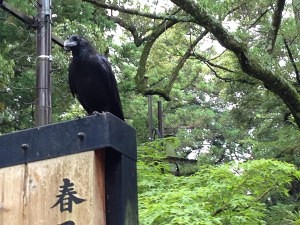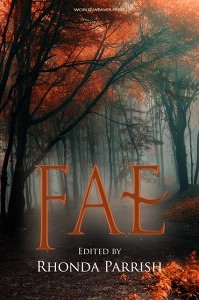All month long I’m going to be hosting the posts of other people as part of my 2015 Giftmas Blog Tour. All the guest bloggers are welcome to write about anything they’d like so long as their post touched on a December holiday in some way, no matter how tangentially. The blog tour extends beyond my blog as well, and I will do my best to link to each external post from the here and share them on social media using the hashtag #GiftmasTour.
But wait! There’s more!
We’re also giving away a whole whack of prizes (check out the list here) which you can enter to win using the Rafflecoper code below. Whatever December holiday you celebrate (or don’t) winning a stack of books will make it better!
The Drive to Read
by Nathanael Green
I was one of those teenagers who made the plan to get my driving permit the very day I turned sixteen, which, by the way, happened one December.
I knew even at fifteen and younger exactly how much freedom a drivers’ license would confer to a kid growing up in the country with nothing within walking distance but a river, woods, a cornfield, and some more woods but this time, woods on a hill.
And I was right about the freedom. But I didn’t realize how much less reading I’d get done.
You know—I’d have to keep my eyes on the road instead of on the climax of the latest Forgotten Realms book. I’d have to keep my hands on the wheel instead of curled around the worn cover of The Two Towers. And I’m reminded of this particularly around Christmas and New Year’s.
Even before I was married and moved away from my childhood home, I still had family a few hours’ drive away. And when I was little (well, younger, if not exactly little), my parents would load me and my sister into their Chevy Astro for a three-hour drive to visit my uncle.
My sister would take one backseat in the van and I’d take the other. And we’d both spend the entirety of the drive with faces submerged in books. Many of these trips took place after Christmas, and that meant I had a haul of books still perfectly shut like no human hands had even separated the first pages.
Three hours isn’t really that long of a drive. But to a kid of eight, twelve, fourteen, it was heavenly. The hum of traffic and my parents’ conversation rolled while I just dissolved into fiction for hours without interruption.
Then we’d get to my aunt and uncle’s house.
As an aside, this is the same uncle who bought me a copy of Strunk and White’s Elements of Style when I was about ten years old. He told me that if I knew everything in that book, I’d write better than my teachers.
I read every word that weekend.
Today, I don’t agree with everything old Strunk and White had to say (it’s a style guide, remember), but my uncle was absolutely right in his assessment of its value.
Anyway. Back to Christmas.
We’d get to my uncle’s house and eat amazing food and exchange gifts for a late Christmas. This, invariably and to this day, involves more books. Then we’d eat some leftovers and relax with the family.
And my uncle? He’s absolutely omnivorous when it comes to storytelling (I guess food, too). So not only did I read the new books Santa had brought on the ride to his house, but once there, he’d introduce me to even more books and writers like Heinlein and Walter Miller and then put on movie after movie. We’d have that kind of relaxing weekend where all of us could sit around reading books while enjoying the presence of our family also sitting quietly reading their own books or watching another movie.
Of course, weekends end. And these ended with more books and another read-a-thon on the drive home.
I sometimes wonder how much of that opportunity and the encouragement of my parents and my aunt and uncle turned me into a reader and writer. Not that it matters—if nothing else, they’re some pleasant memories that make me happy and thankful, and that’s valuable enough by itself.
Today, I drive. And here’s the thing about driving: it’s perfect reading time. Because as an adult, even when I’m not driving, I seldom have the opportunity to read for three hours straight. There’s always work to do (hello, freelance writing!) or a lawn to mow or a piece of your house to fix or a friend’s house to fix.
But every time I drive more than an hour, I remember the calm joy of sitting in my parents’ van and just reading without interruption or even the option to do something else.
This past Thanksgiving, when visiting my parents, my dad offered me an audiobook for the ride home.
Smart guy, that dad of mine. Nathanael Green is a writer of fantasy and historical fiction. Along with Evan Ronan, he is the coauthor of the Tomahawk and Saber series of historical adventure books set along the wild frontier of colonial America.
Nathanael Green is a writer of fantasy and historical fiction. Along with Evan Ronan, he is the coauthor of the Tomahawk and Saber series of historical adventure books set along the wild frontier of colonial America.
Nathanael is also a freelance marketing writer, feature writer, and lecturer of college students. You can find him, his books, and his blog at nathanaelgreen.com.


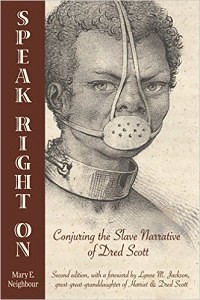
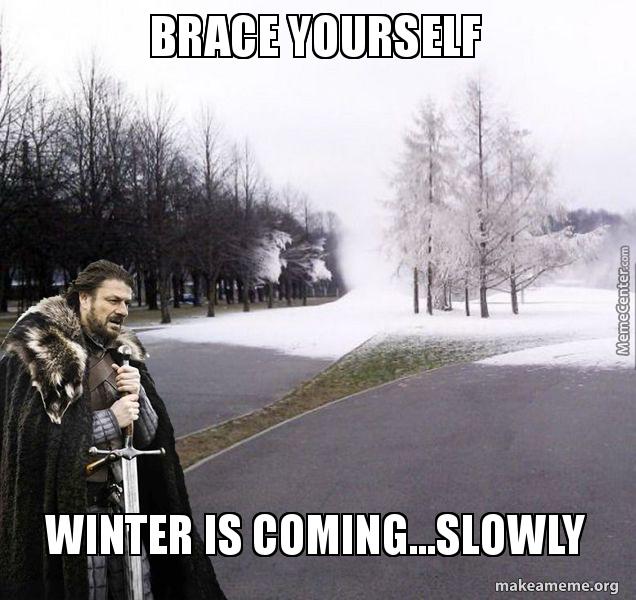
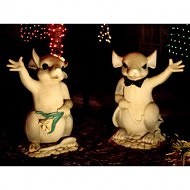 She would use little bits of this and that to make the little incarnations as realistic as possible and draw on little smiling faces.
She would use little bits of this and that to make the little incarnations as realistic as possible and draw on little smiling faces.
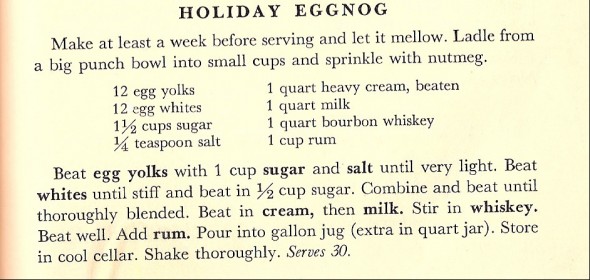


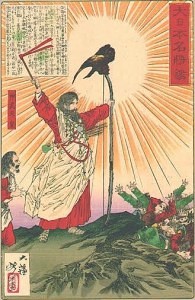 Western legends often portray the crow as a harbinger of disaster, lurking about like Poe’s raven to observe the misfortunes of man.
Western legends often portray the crow as a harbinger of disaster, lurking about like Poe’s raven to observe the misfortunes of man. en less traveled path, leads out and away from this sub-shrine, through a primeval bamboo grove. I knew I had a long hike ahead, but I couldn’t resist the temptation to follow the bamboo path for a little while.
en less traveled path, leads out and away from this sub-shrine, through a primeval bamboo grove. I knew I had a long hike ahead, but I couldn’t resist the temptation to follow the bamboo path for a little while.